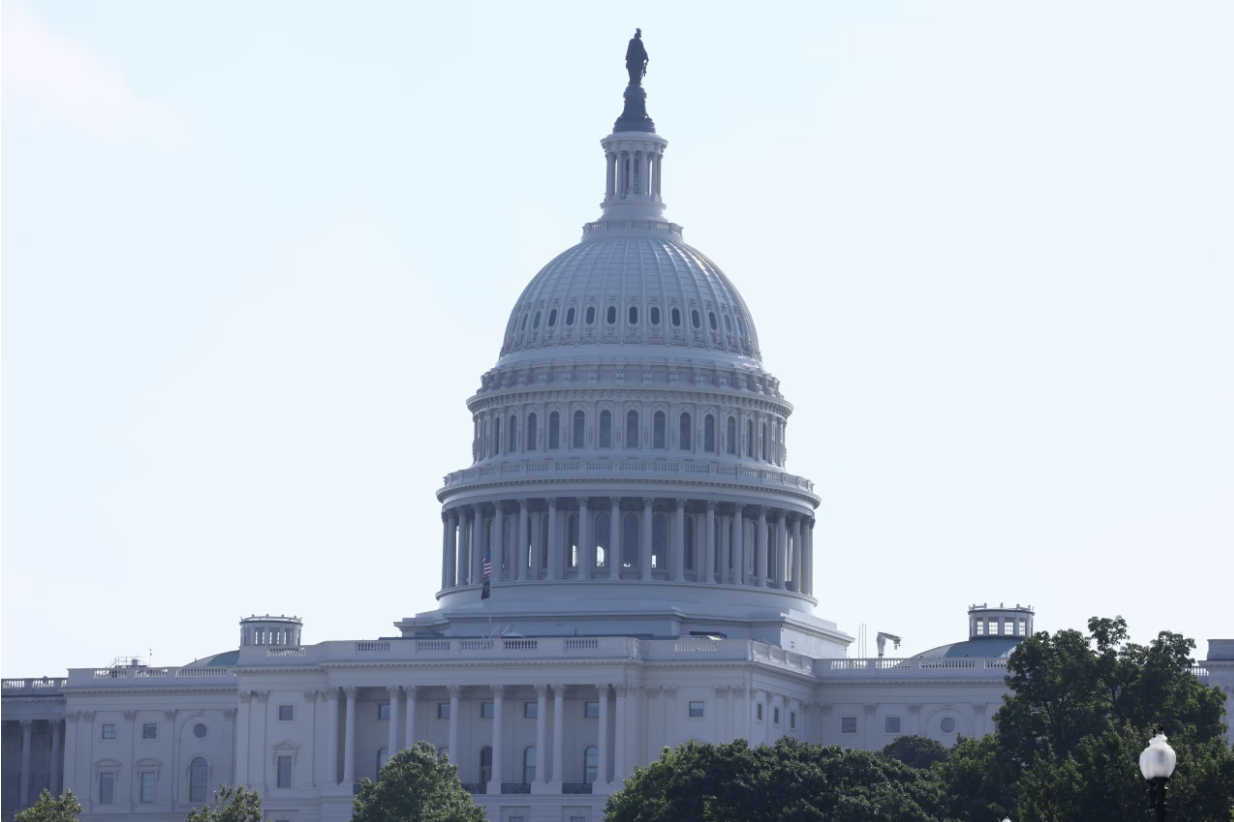
Republicans have received good news in recent months about next year’s midterms. They’re raising more money than Democrats. The Senate map favors the GOP. There are 13 Democratic representatives in districts that Donald Trump carried and only three Republicans in districts that Kamala Harris carried. And Gov. Greg Abbott signed a middecade congressional redistricting plan that could produce a three- to five-seat GOP pickup in Texas.
A new study from L2, a nonpartisan data firm, analyzes the 30 states that register voters by party. It shows fewer registered Democrats in all 30 states and more Republicans in 22 than there were on Election Day 2020. In eight states, both parties’ registration totals declined, but Republicans dropped less than Democrats. The combined swing to the GOP in all 30 states was 4.5 million voters.
Still, it’s far too early for Republicans to count on a 2026 victory.
First, the number of voters who don’t identify with either party is large and in many states growing faster than either party.
Take North Carolina, a presidential battleground and site of a key Senate race next year. Since the 2020 election, the number of Democratic registrants has dropped 310,917 to 2,312,083 while Republican registrations grew 65,370 to 2,296,926. But the number of unaffiliated voters today is 2,913,477, up 461,477 in five years. Neither party can win North Carolina merely by maximizing turnout among its base. The victor needs a substantial share of unaffiliated voters as well.
The focus on independents is even more important for Republicans in Maine’s high-profile Senate race. There were 357,063 registered Democrats in 2024. Republican registrations were 310,267, trailed by 309,686 unaffiliated voters. The GOP can hold on to its only New England Senate seat by doing extremely well with independents and soft Democrats. Incumbent Susan Collins has a track record of doing that.
The other 28 states in the L2 study show a similar pattern: Republicans up, Democrats down, and unaffiliated or independent registrations either up or, in a few cases, not declining as fast as the major parties. It’s reasonable to assume there’s a similar pattern in the 20 states that don’t register by party. The elections there will also hinge on how each party fares with independents.
The quality of each party’s candidates and how voters perceive them will also be important. Even marquee candidates with glowing résumés can turn out to be duds on the campaign trail. It’s too soon to make confident judgments about each party’s stable of candidates, especially the neophytes.
Then there’s the economy. It’s likely to be the dominant issue for voters. That should concern Republicans. A new Wall Street Journal/National Opinion Research Center poll shows voters are sour about their circumstances and pessimistic about the future. There’s time to turn those attitudes around—think the 1983 economy followed by Ronald Reagan’s 1984 re-election—but it’ll take a lot more than happy talk. People must see positive results when they shop, fuel up their cars, deposit paychecks and glance at their retirement accounts.